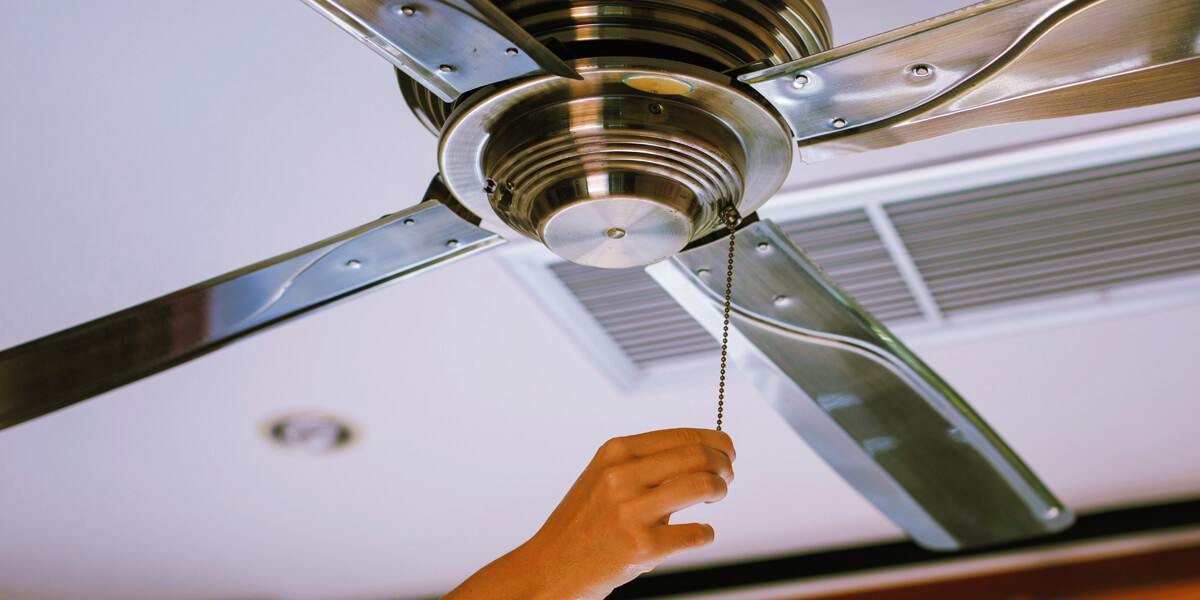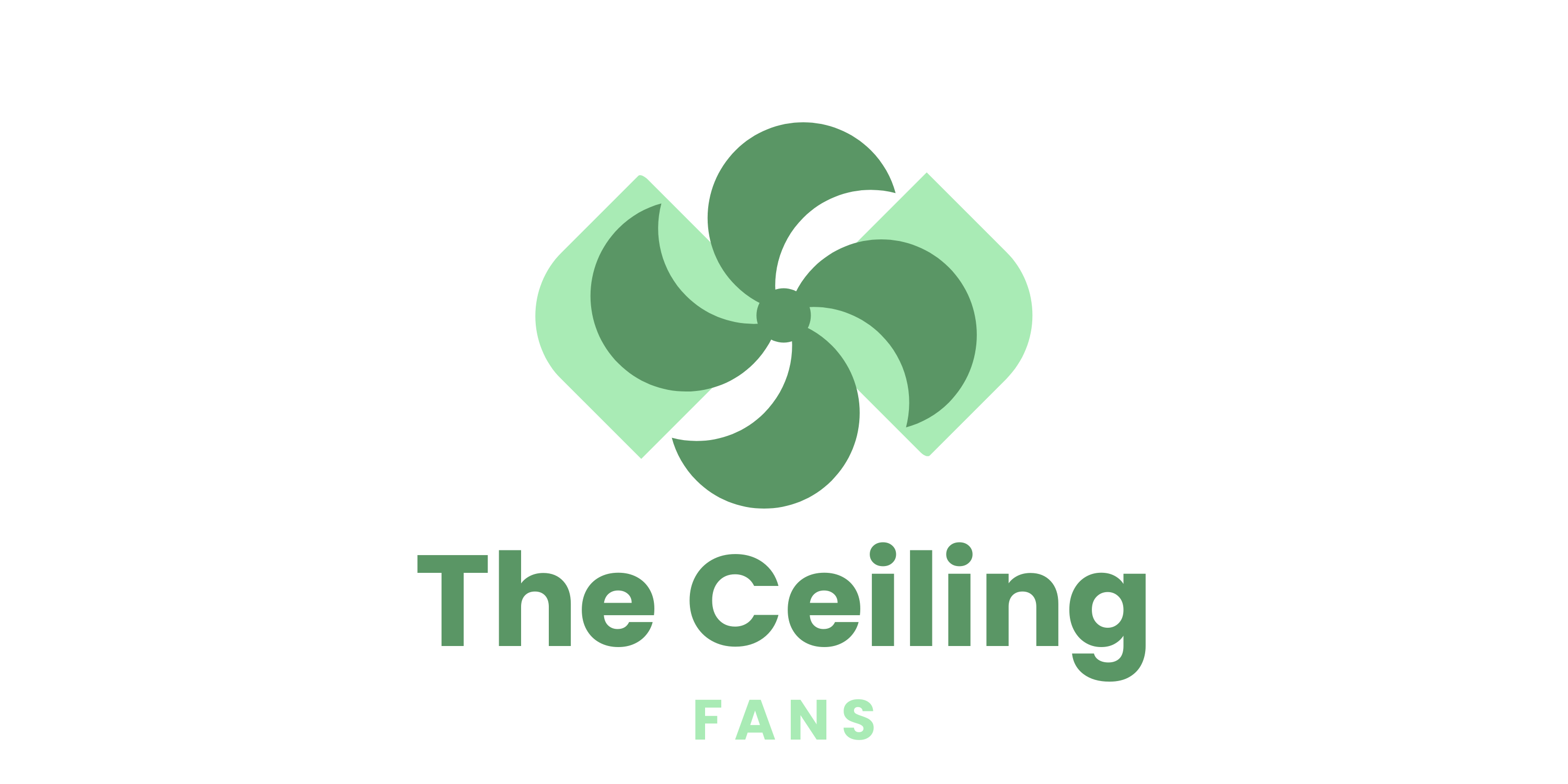Regularly maintaining industrial fans offers several benefits. It improves energy efficiency, extends the fan's lifespan, enhances operational reliability, and reduces the risk of unexpected breakdowns. Following these best practices can optimize fan performance and minimize costly downtime. Neglecting maintenance can lead to decreased airflow, increased energy consumption, and potential safety hazards.
Best Practices for Industrial Fan Maintenance

1. Regular Cleaning and Inspection
Regular cleaning and inspection are fundamental for maintaining industrial fans. Dust, debris, and contaminants can accumulate on fan blades, leading to imbalances and reduced airflow. Inspect and clean the fan blades, housing, and grilles to ensure unobstructed airflow. Use appropriate cleaning agents and tools, such as soft brushes and compressed air.
2. Lubrication of Fan Components
Proper lubrication of fan components is crucial for smooth operation and to prevent excessive wear. Apply lubricants regularly, considering the operating conditions and fan usage frequency. Follow the manufacturer's guidelines to identify lubrication points and use the recommended lubricants.
3. Balancing and Alignment
Imbalanced fans can cause excessive vibration, leading to premature component failure and reduced efficiency. Regularly check the fan's balance and alignment using specialized tools. Use counterweights or adjustment screws to achieve proper balance if any imbalance is detected. Ensure that the fan is correctly aligned with the motor or drive system.
4. Belt Maintenance
Proper belt tension is vital if your industrial fan operates using belts. Check the pressure regularly and adjust as necessary. Additionally, inspect pulleys for wear and ensure they are appropriately aligned. Replace worn or damaged belts promptly to prevent slippage and loss of efficiency.
5. Motor Maintenance
The motor is a critical component of industrial fans. Keep the motor clean and free from debris to prevent overheating. Check motor bearings for wear and lubricate them as recommended by the manufacturer. Regularly inspect electrical connections and ensure they are secure and free from corrosion.
6. Vibration Analysis
Perform regular vibration analysis on industrial fans to identify potential issues. Use vibration monitoring equipment to detect abnormalities in fan operation. If excessive vibration is detected, investigate the cause and take appropriate corrective measures, such as balancing, alignment, or replacing worn components.
7. Fan Blade Maintenance
Fan blades can accumulate dirt, grease, and other residues, affecting airflow and fan performance. Clean the blades regularly using mild detergents or appropriate cleaning agents. Inspect for any signs of damage, like cracks or erosion, and replace damaged blades promptly.
8. Temperature and Humidity Control
Maintaining suitable temperature and humidity levels around industrial fans is essential for optimal performance and prevention of corrosion. Monitor environmental conditions and take necessary measures, such as installing insulation, ventilation, or dehumidification systems, to control the surrounding air.
Pros
- Prevents unexpected equipment failures, reducing downtime.
- Improves energy efficiency, leading to lower operational costs.
- Extends the lifespan of industrial fans and related components.
- Enhances workplace safety by identifying and resolving potential hazards
Cons
- Requires regular time and labor, which can strain resources.
- May involve system shutdowns, causing temporary production delays.
- Initial investment in tools and parts can be expensive.
Conclusion
Proper maintenance of industrial fans is essential for their efficient operation and longevity. By implementing these best practices, including regular cleaning, lubrication, balancing, and inspection, you can ensure optimal fan performance, longevity and minimize the risk of breakdowns. Remember that investing time and effort in preventive maintenance will save costs and keep your industrial fans running smoothly for years.
